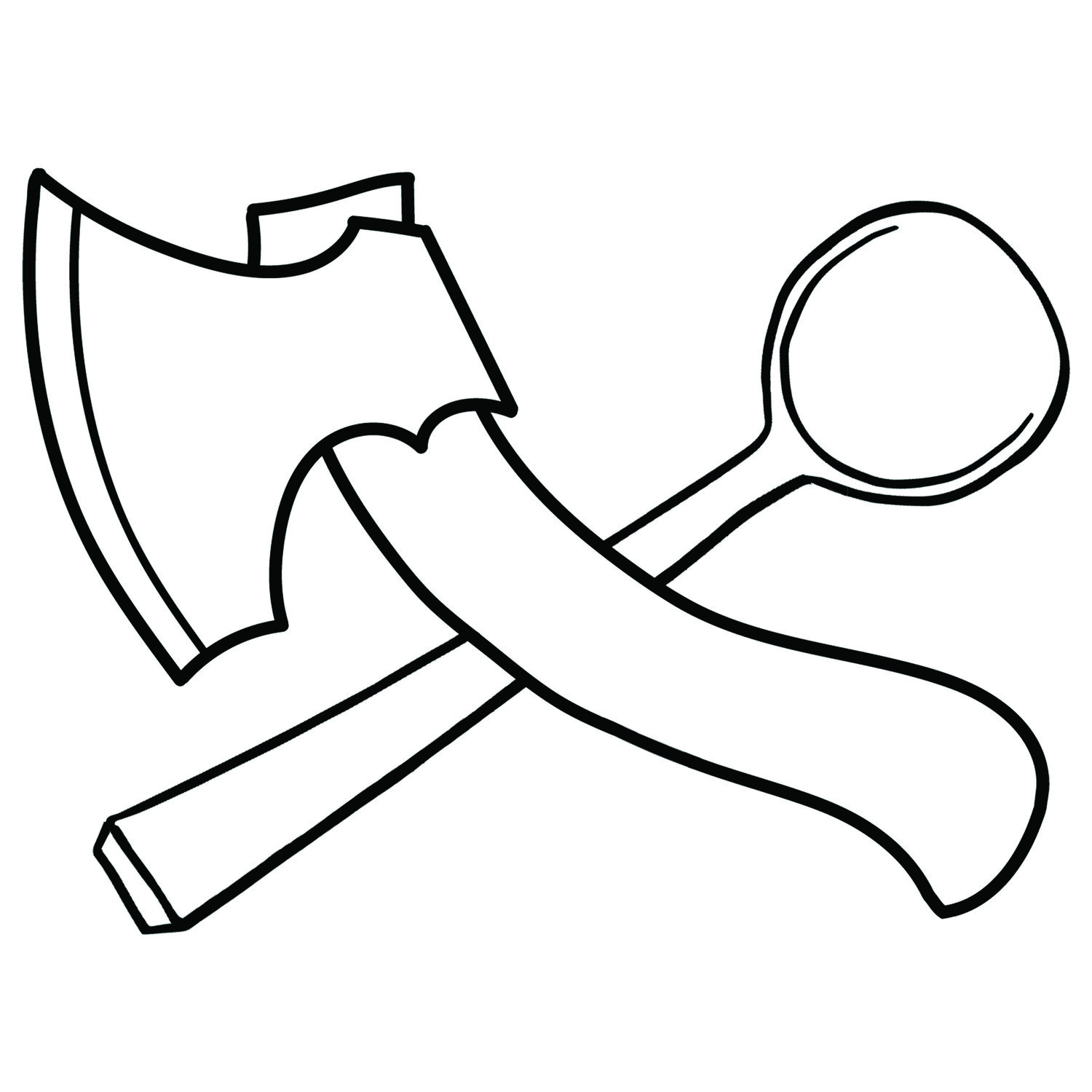Design and Deliberate Practice
Apprenticeship Day Three
This morning Jarrod drew a refined eating spoon design on the blanks I axed out yesterday. I took them to the spoon mule to refine them and do some hollowing. Then I split up the remaining birch into billets for stirring spoons, roughing on the plan view on some of them. These I put in a bag to be frozen.
Today was the last day of spoon carving, so I got Jarrod's travel lathe set up in the turning room. Tomorrow we'll get to spinning some wood. Really looking forward to expanding my skills in pole lathe turning. I'm entirely self-taught, so getting some expert instruction is going to be greatly appreciated.
Pole lathe
As Jarrod had a basket of spoons to work through, he set me to work on making some stuff for myself. He encouraged me to design and make some spreaders. He would then critique them and use them as a jumping off point to discuss design. Jarrod suggested I do some sketches first. I don't often do much sketching of designs. It was extremely helpful, and certainly saved me from carving substandard designs.
I ended up with a sketched out design that would be good for cutting cheese, as well as spreading stuff. I carved three based off my sketches, refining them each time.
Jarrod had looked through them, pointing out areas that could do with refinement. It was great to get feedback at the level Jarrod was giving it. For some the feedback might have felt like nitpicking, but it's what I'm looking for at this stage of my development. Talking with Jarrod about sweeps, curves and lines, how they interact to support or detract from one another within a piece is going to help me improve at quicker pace than me trying to figure this all out on my own.
I took a few key pieces of advice from Jarrod and carved a fourth spreader. I shrunk the blade, thinned down the handle, and tried to be more careful with my lines. Of the four I carved, it's certainly my favourite. Although I still feel that there's something there in that other design.
An overall observation from Jarrod is that my spreaders had some lumps and bumps to them. A slightly uneven chamfer can detract from the line that actually exists. To that end I was tasked with a classic Jarrod exercise: carve some chopsticks. Chopsticks are an extremely simple item. Carving them by hand is a tricky task. The small size highlights inconsistencies, and the even and gradual taper make them a good item to refine your knife work.
The only way to get better at anything is deliberate practice. Do the thing you want to get better at. Do it with the intention of doing to the best of your ability. I could easily knock out a functional pair of chopsticks in just a few minutes. However the objective isn't to end up with a pair of chopsticks. They're just a framework to function within, while practicing subtle and accurate knife work. Jarrod insists that with each cut you go as slow as you can. This exercise is about being sensitive to the feedback you're receiving through the knife. Is the resistance increasing or decreasing? Are you going deeper into the cut, or coming out of it? What's happening where the knife edge meets the wood?
Everyone loves a curly wood shaving
Deliberate practice is mentally taxing. Jarrod recommended going only as far with it as I wanted to, but to bear in mind that improvement is unlikely to happen if you stop whenever it gets difficult. To that end I'm planning of splitting out a handful of lengths ready for shaping into chopsticks, and to have a go whenever I have time to work on them.




